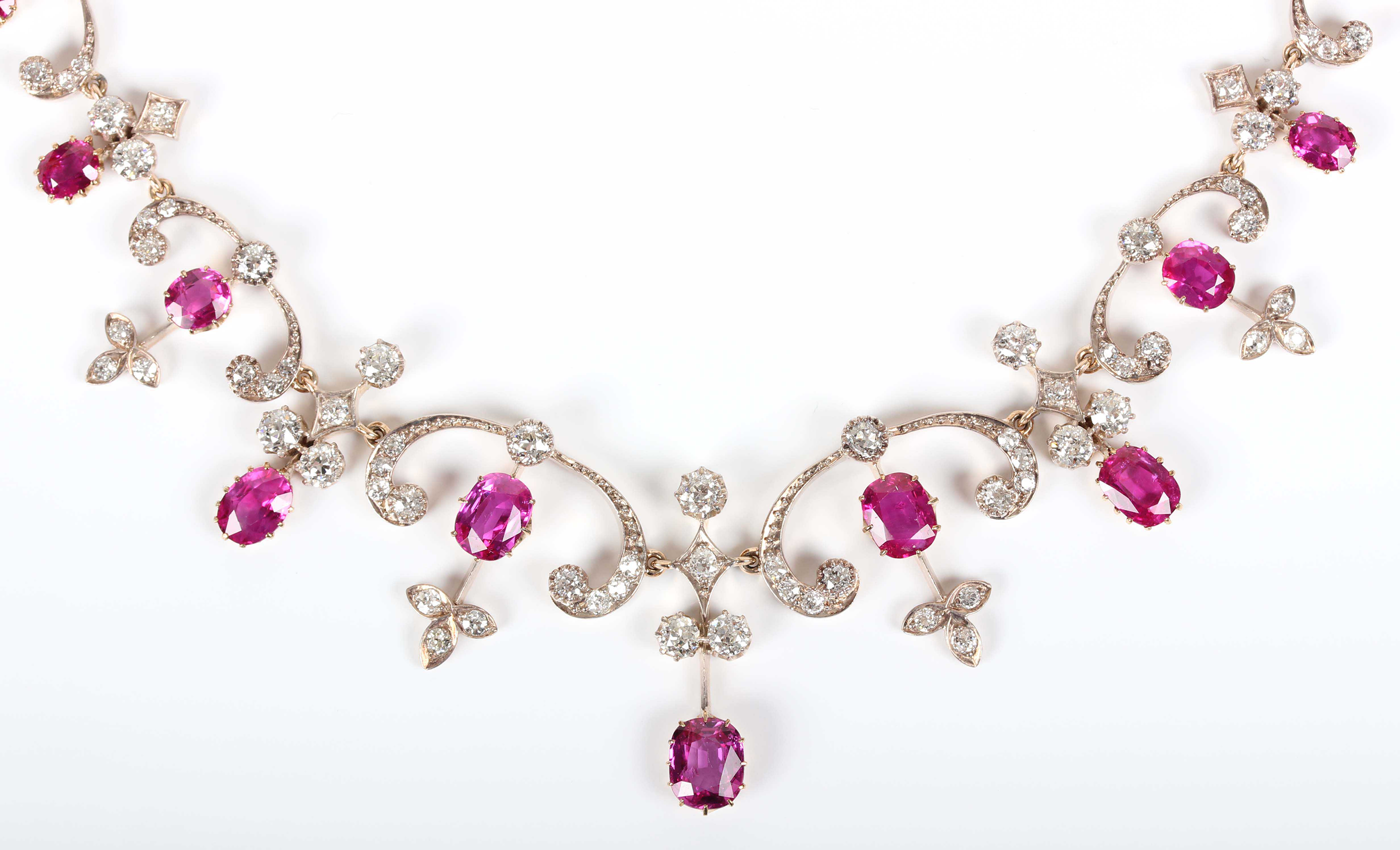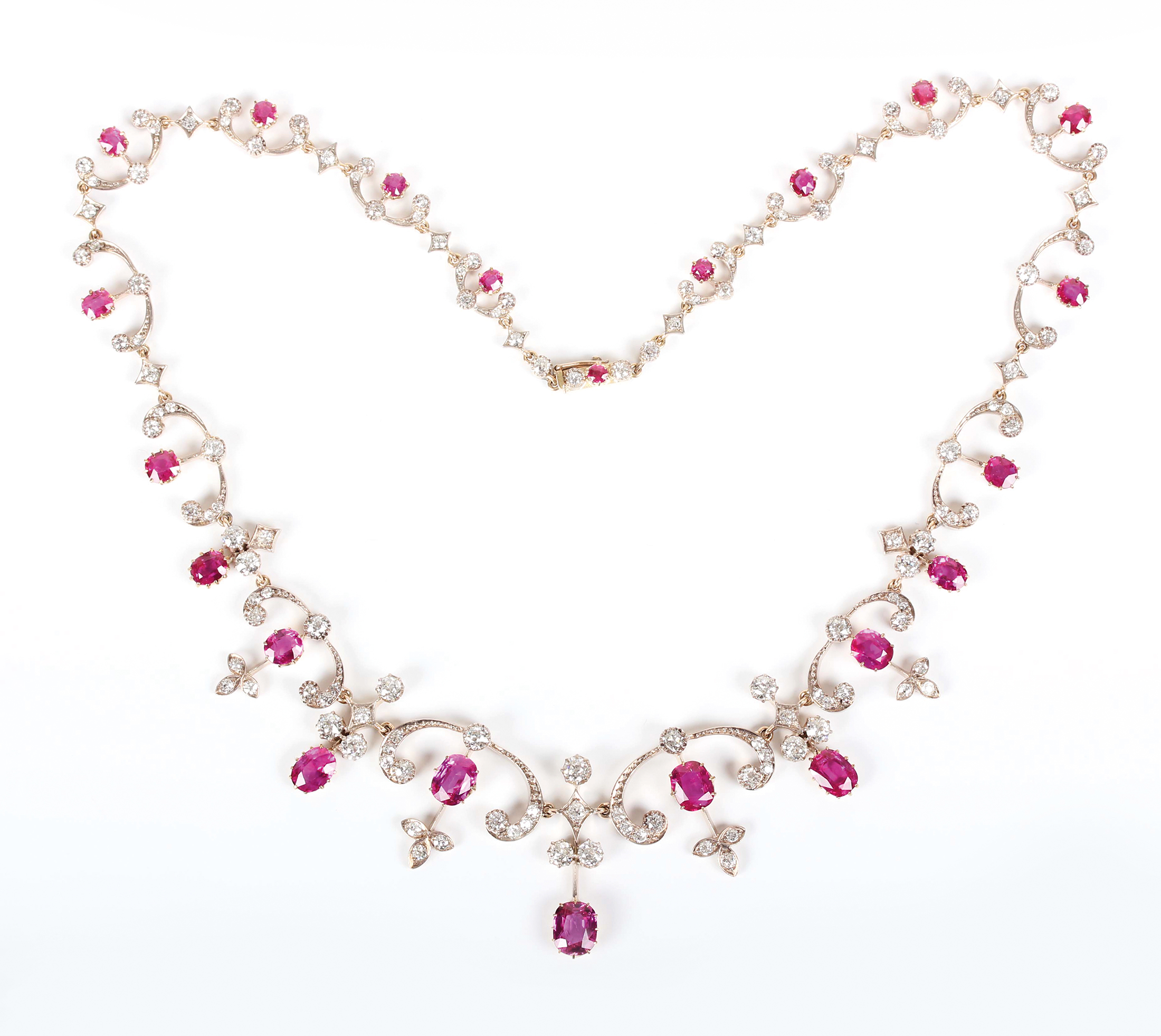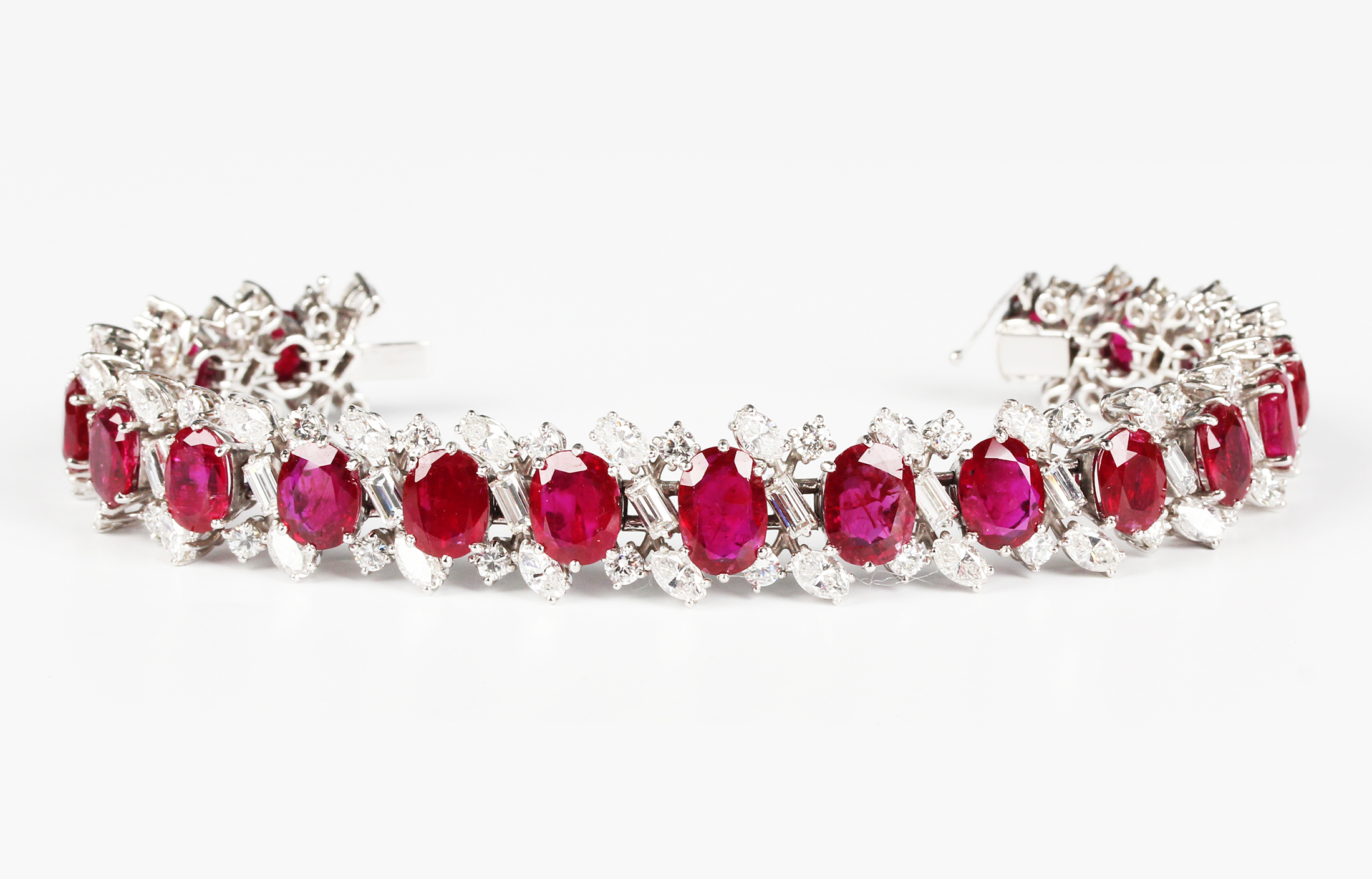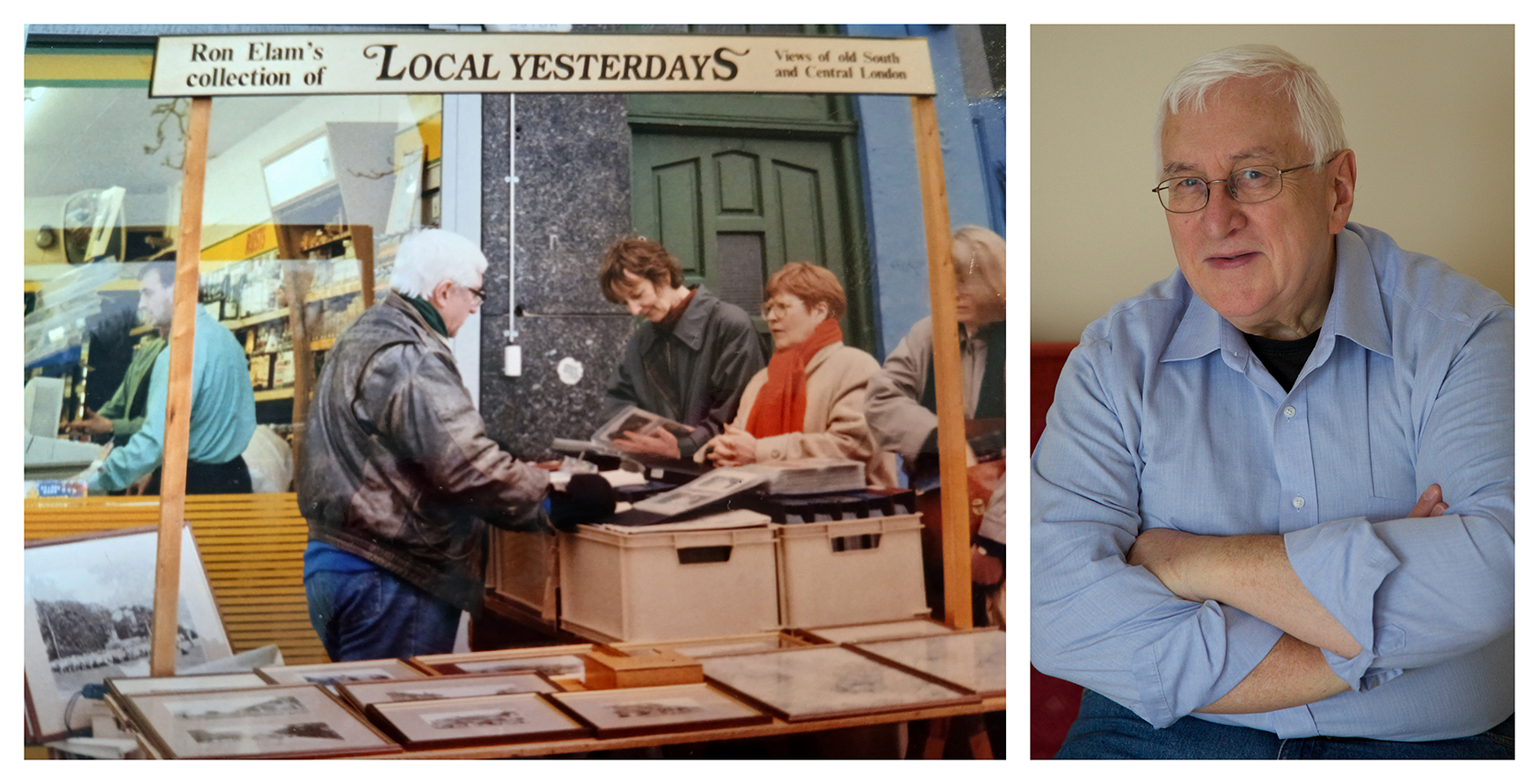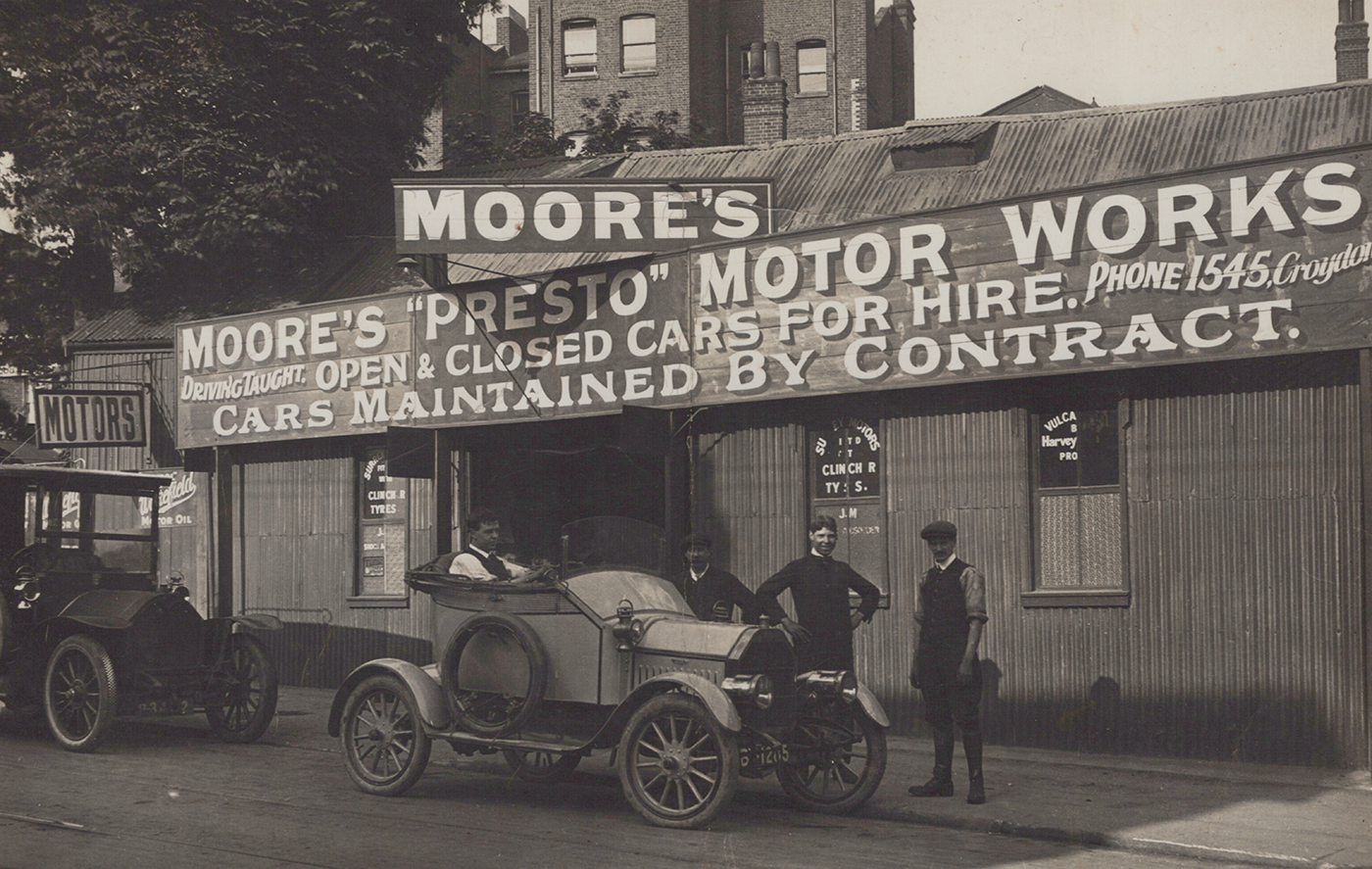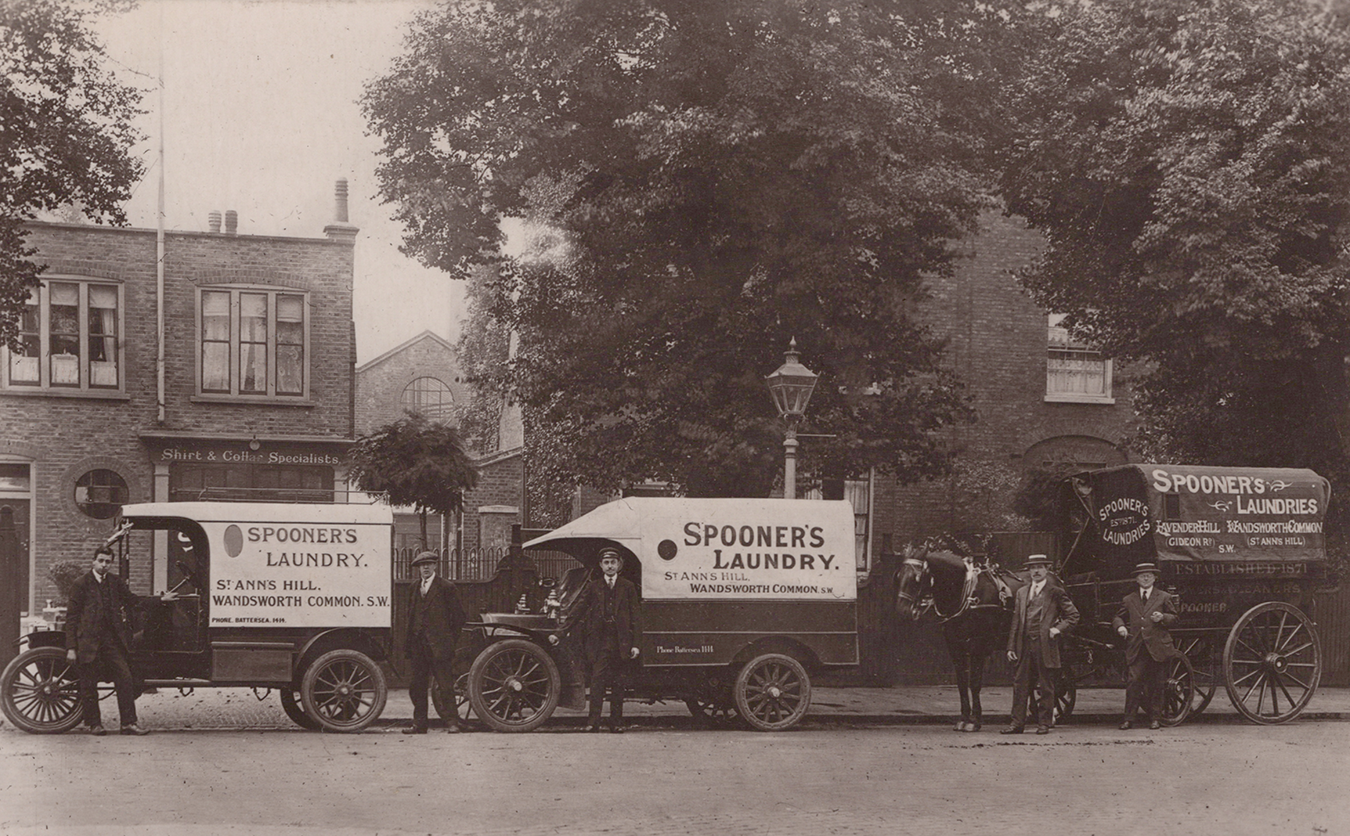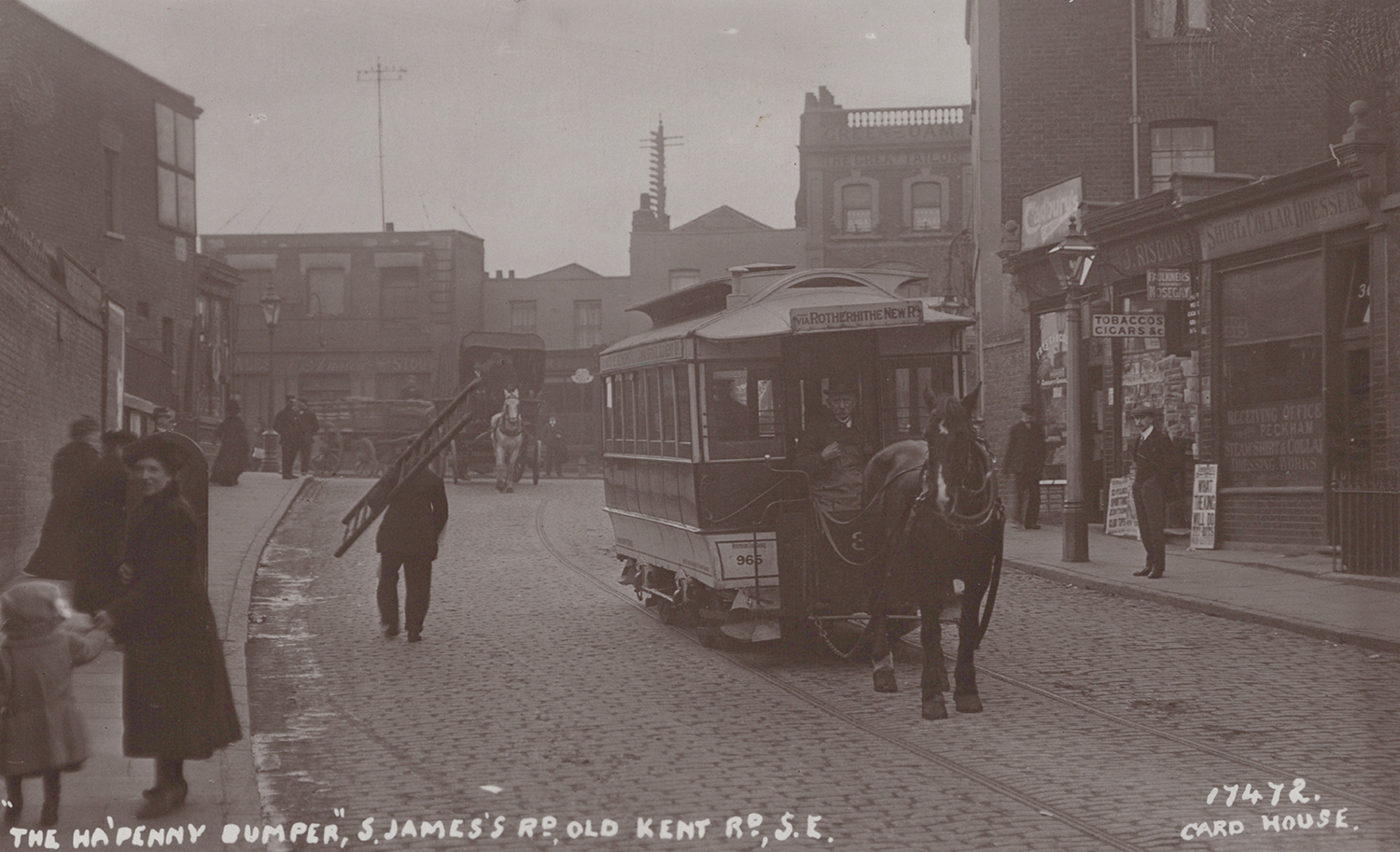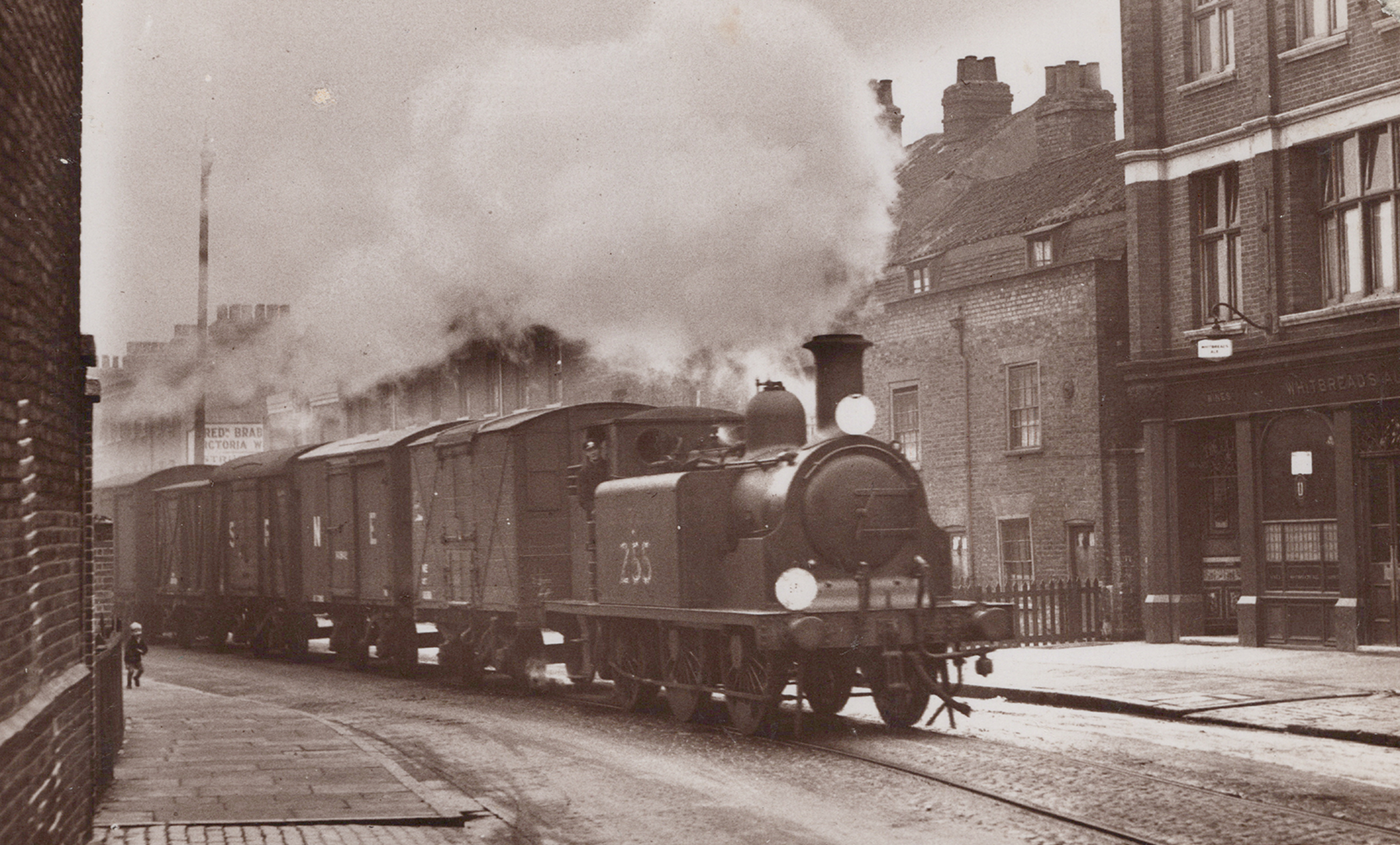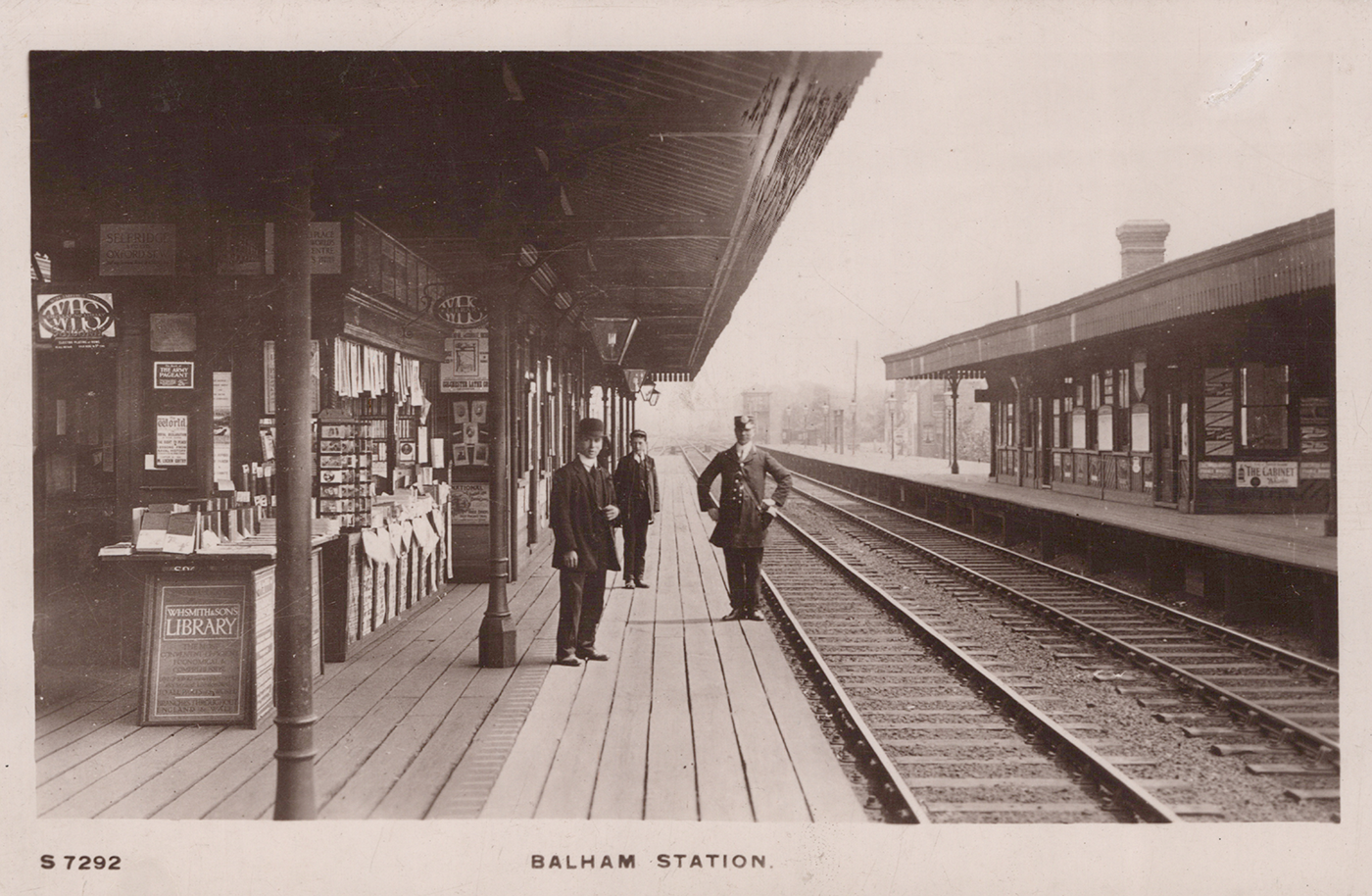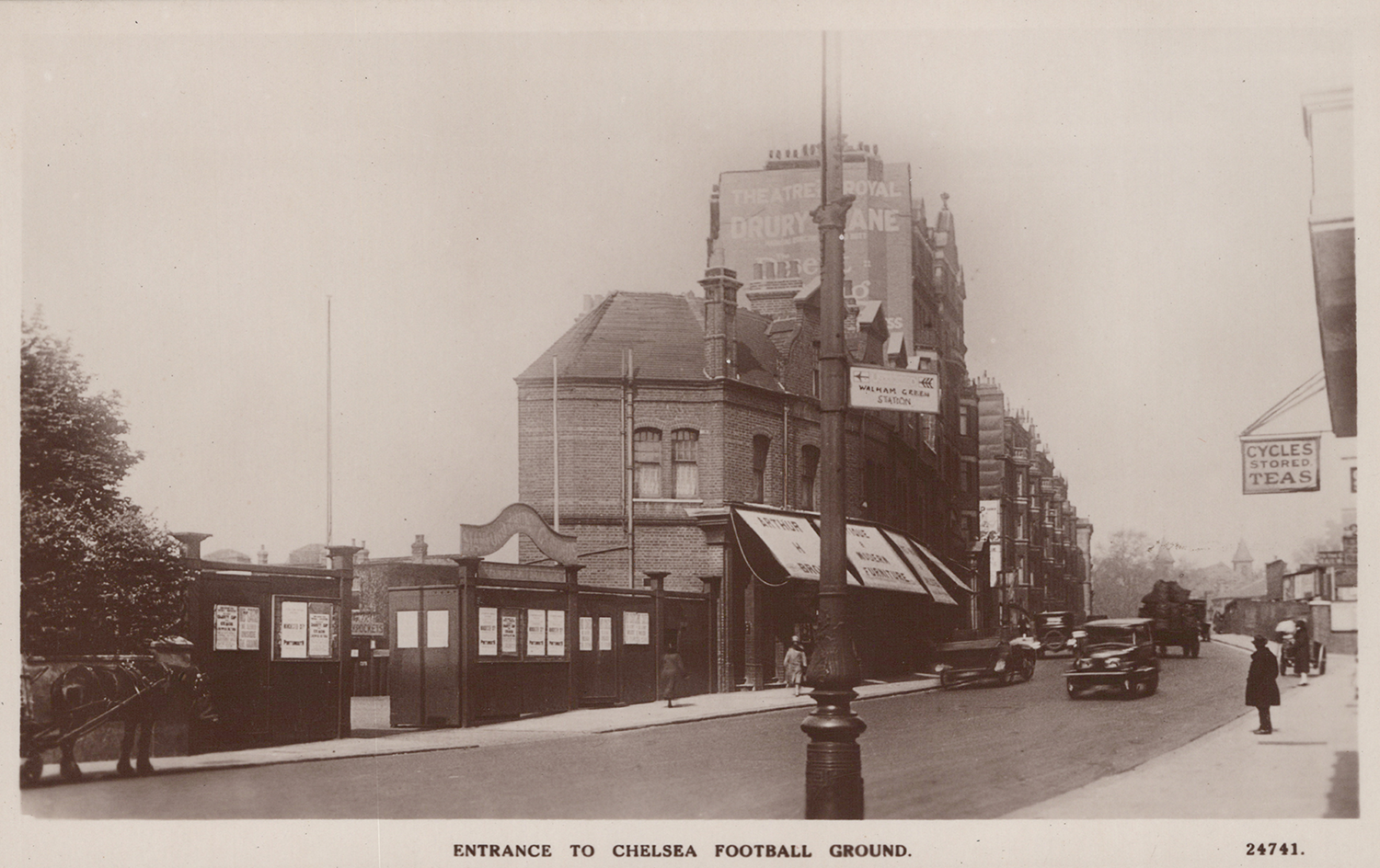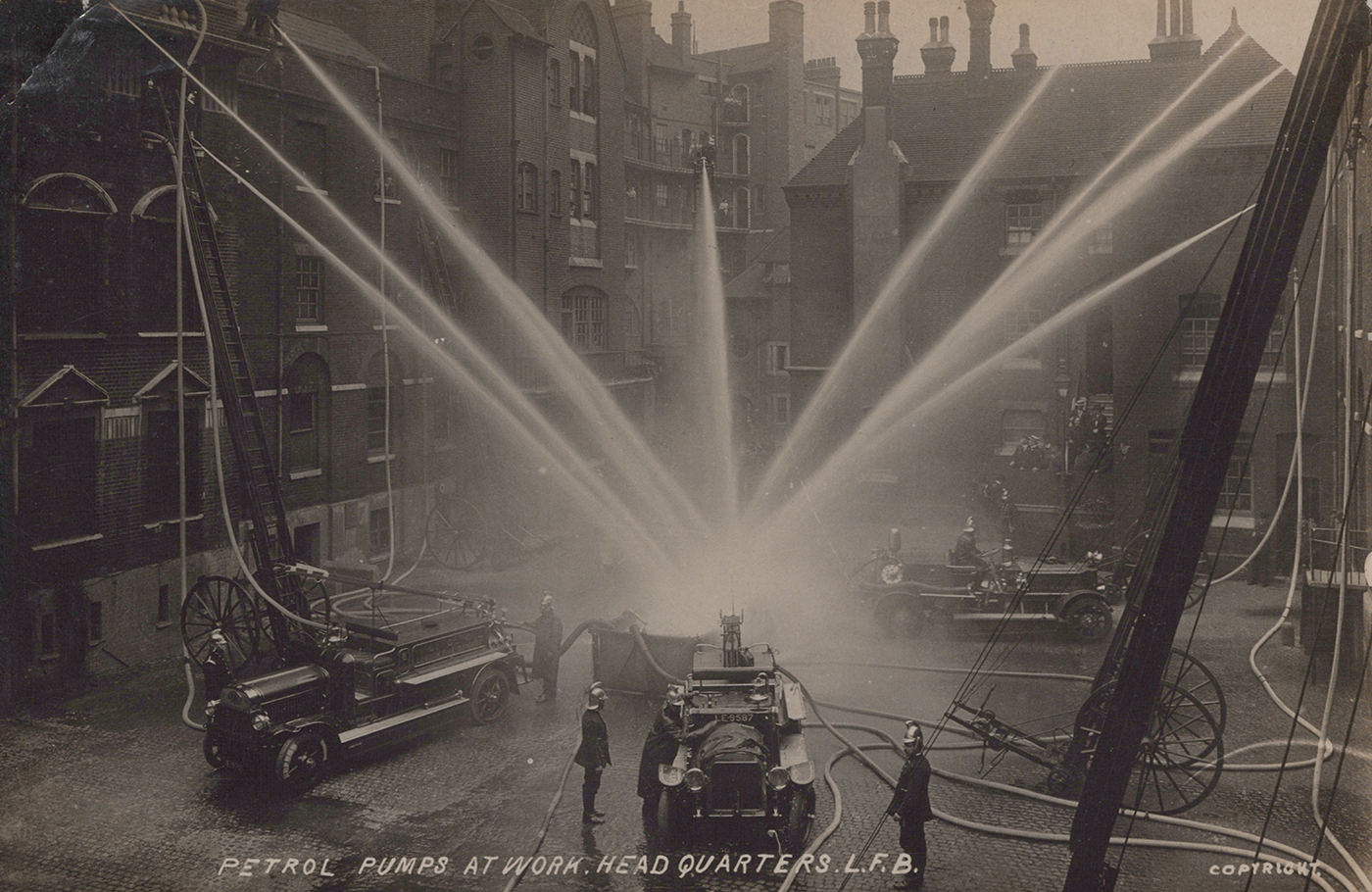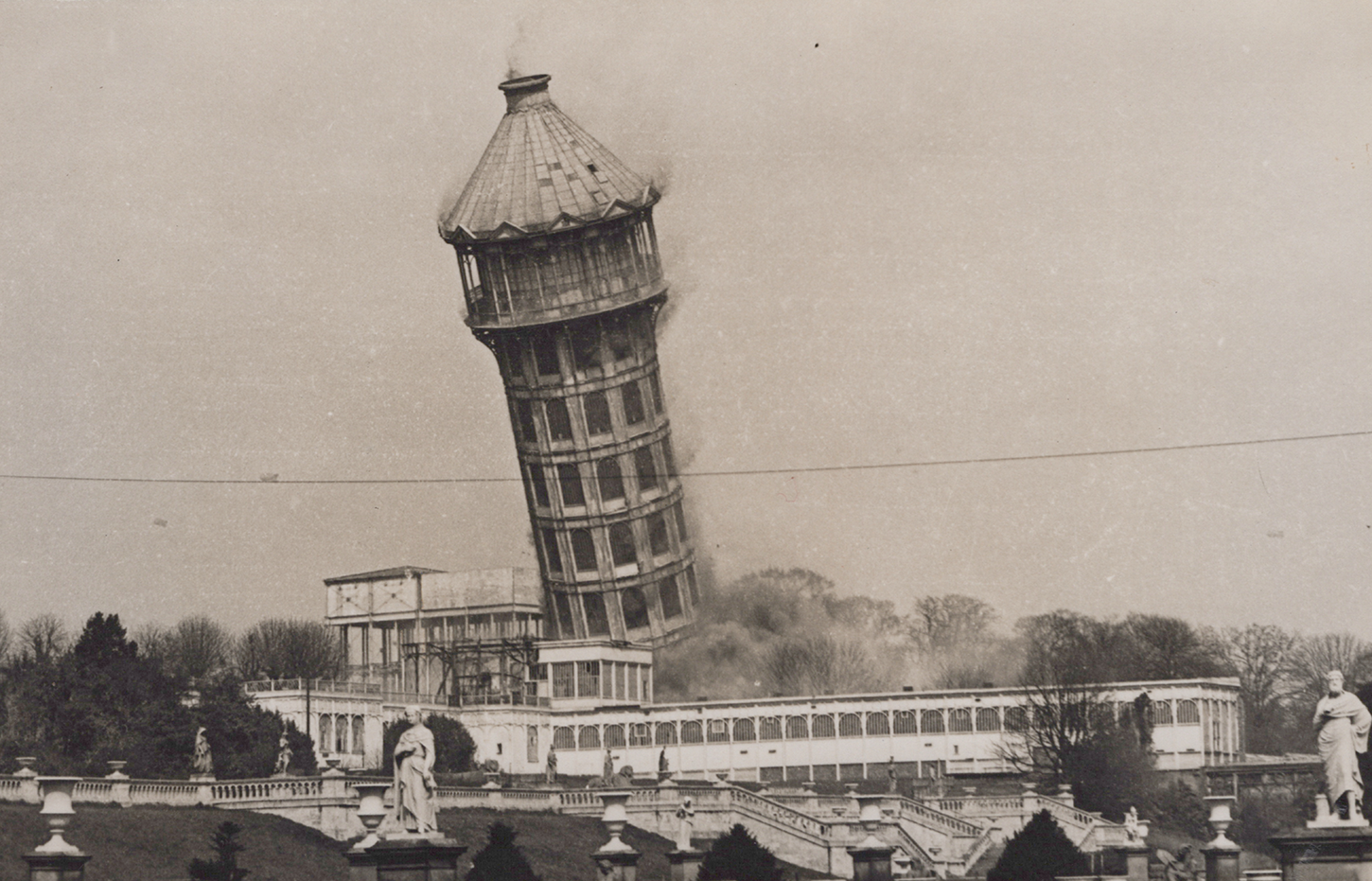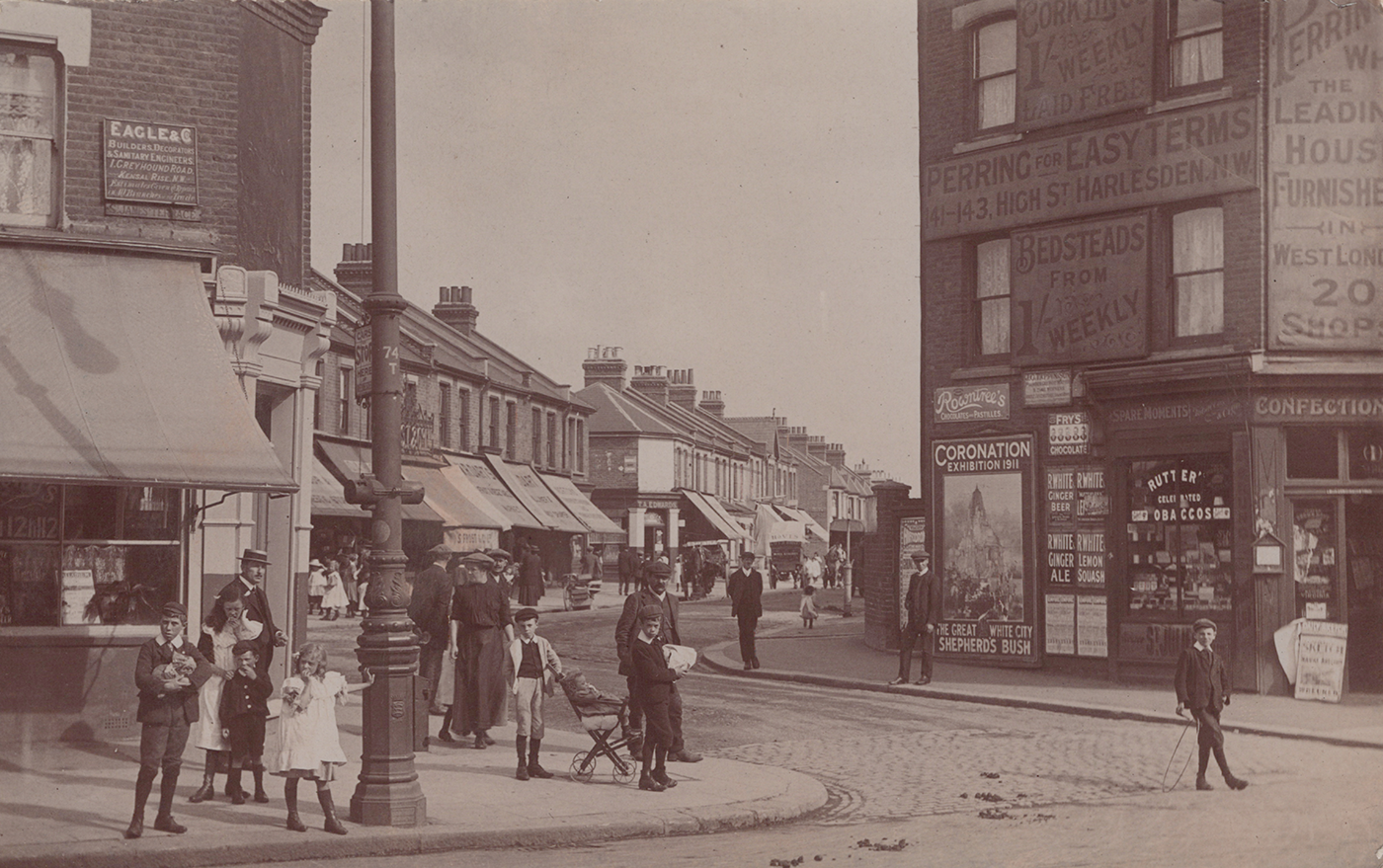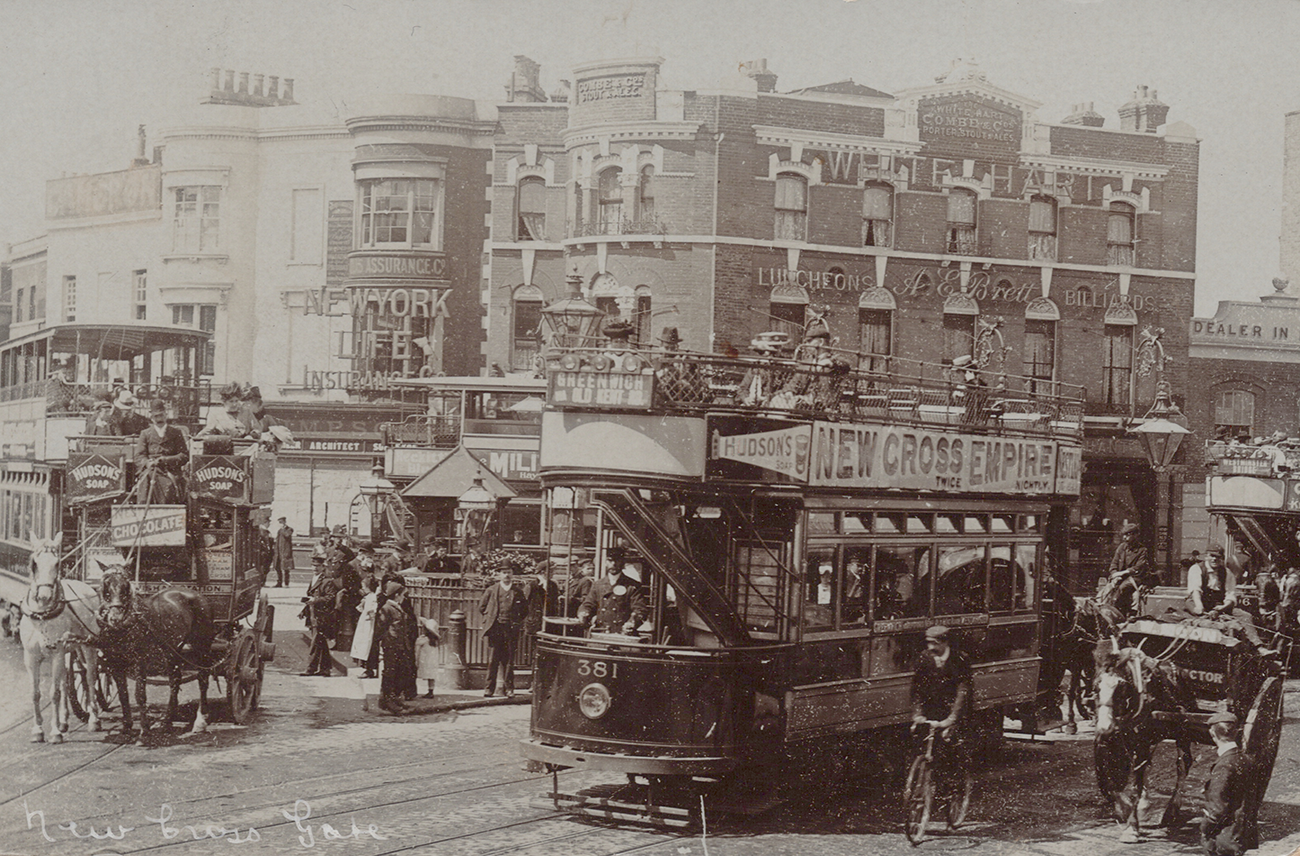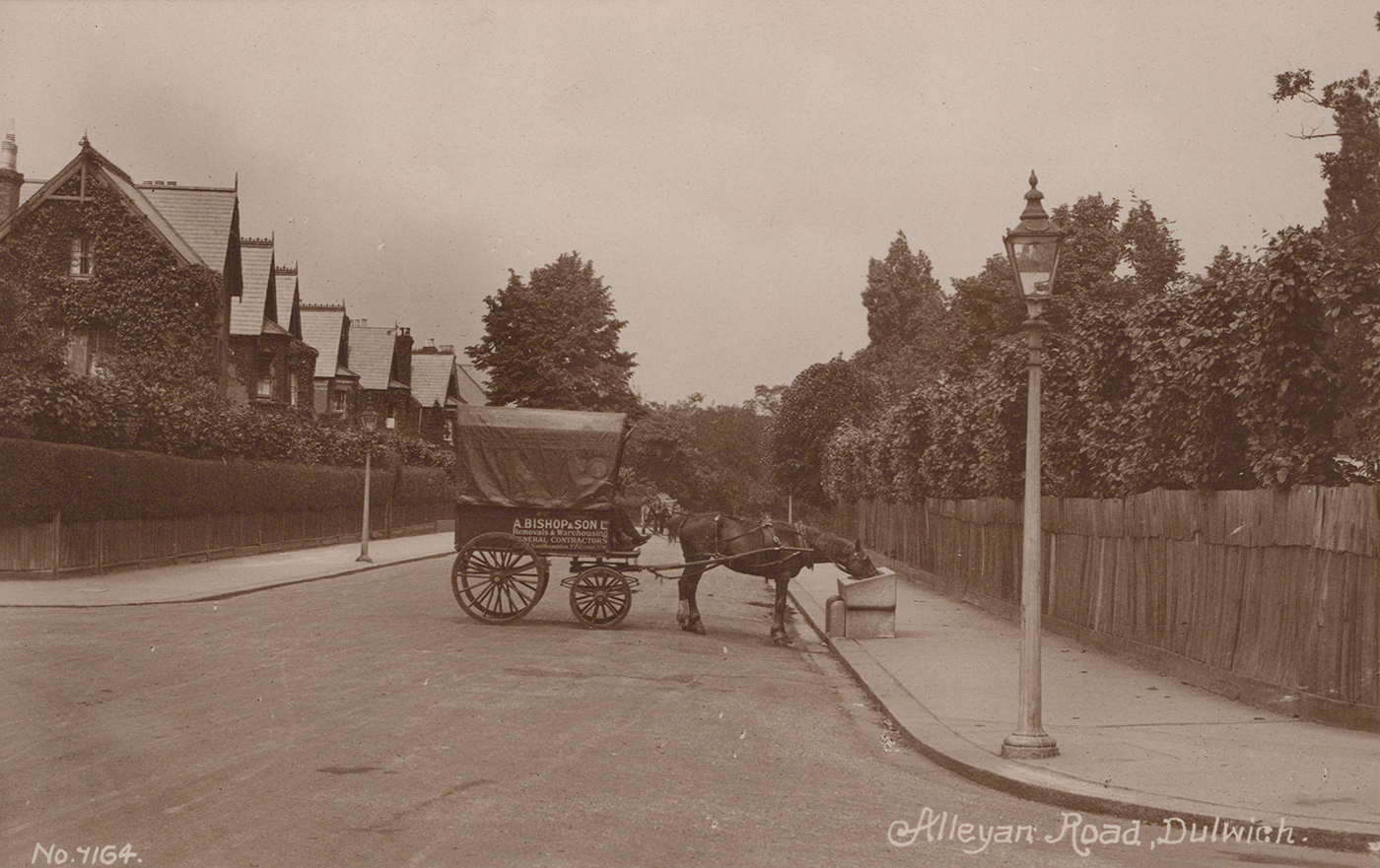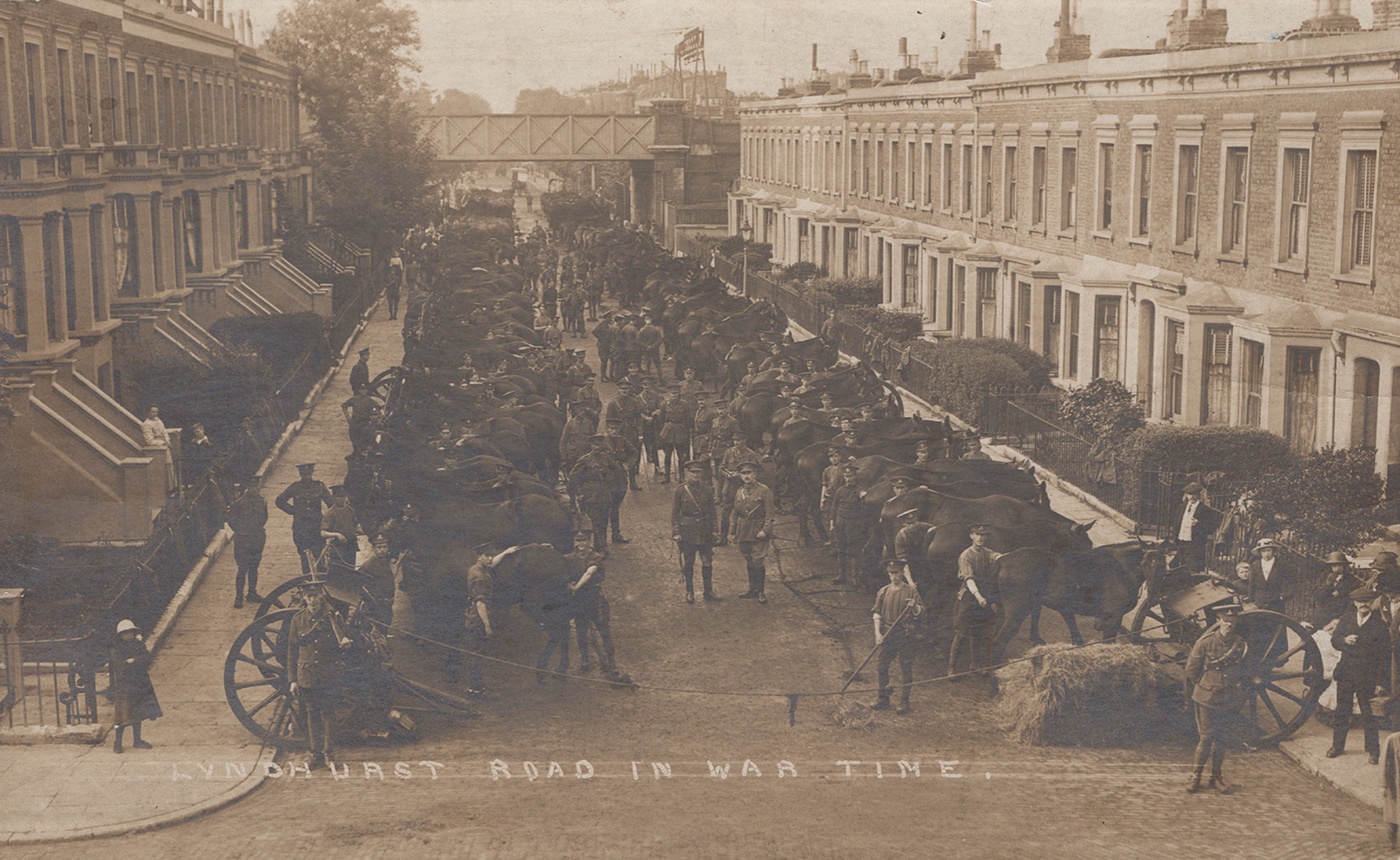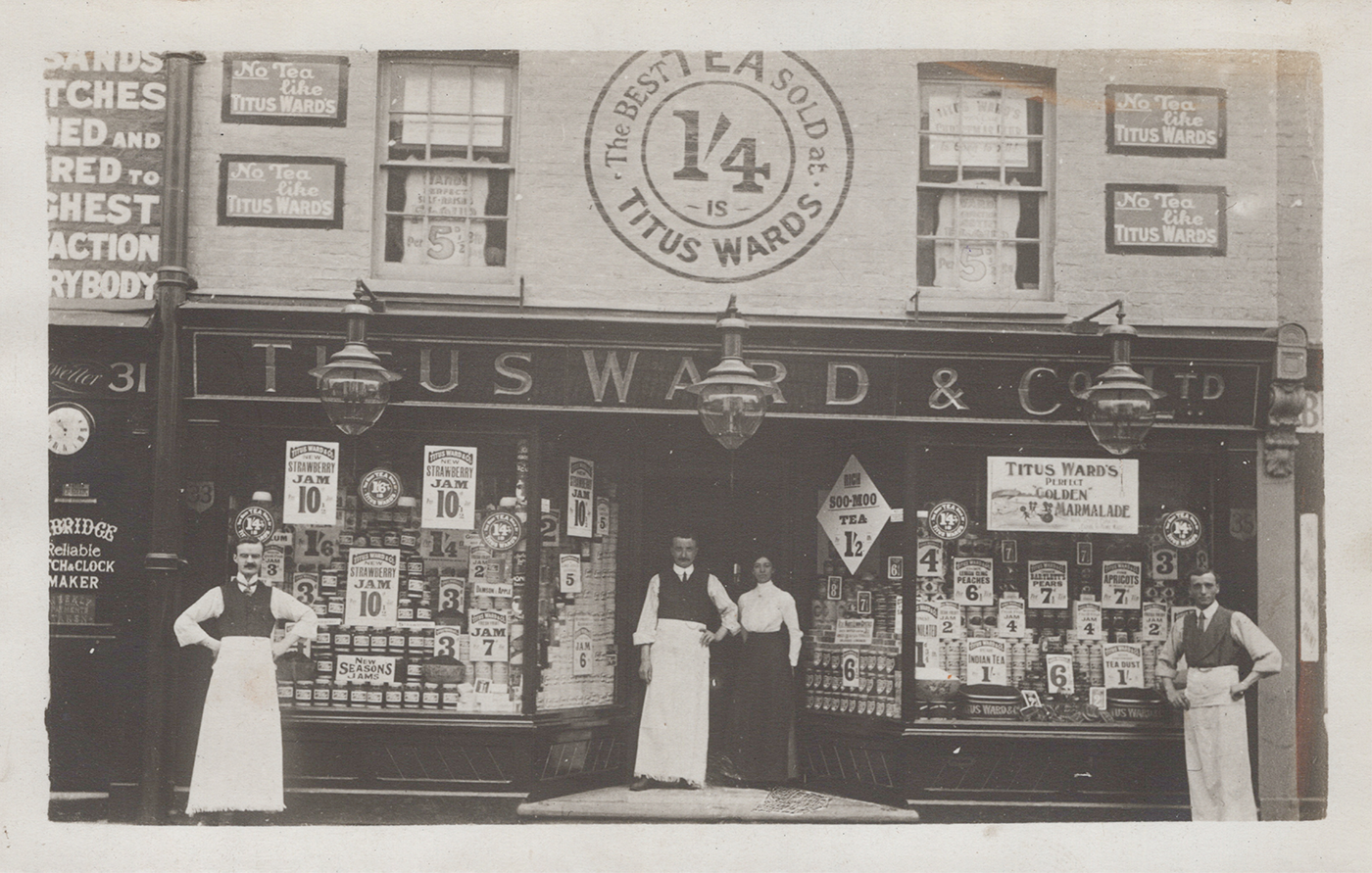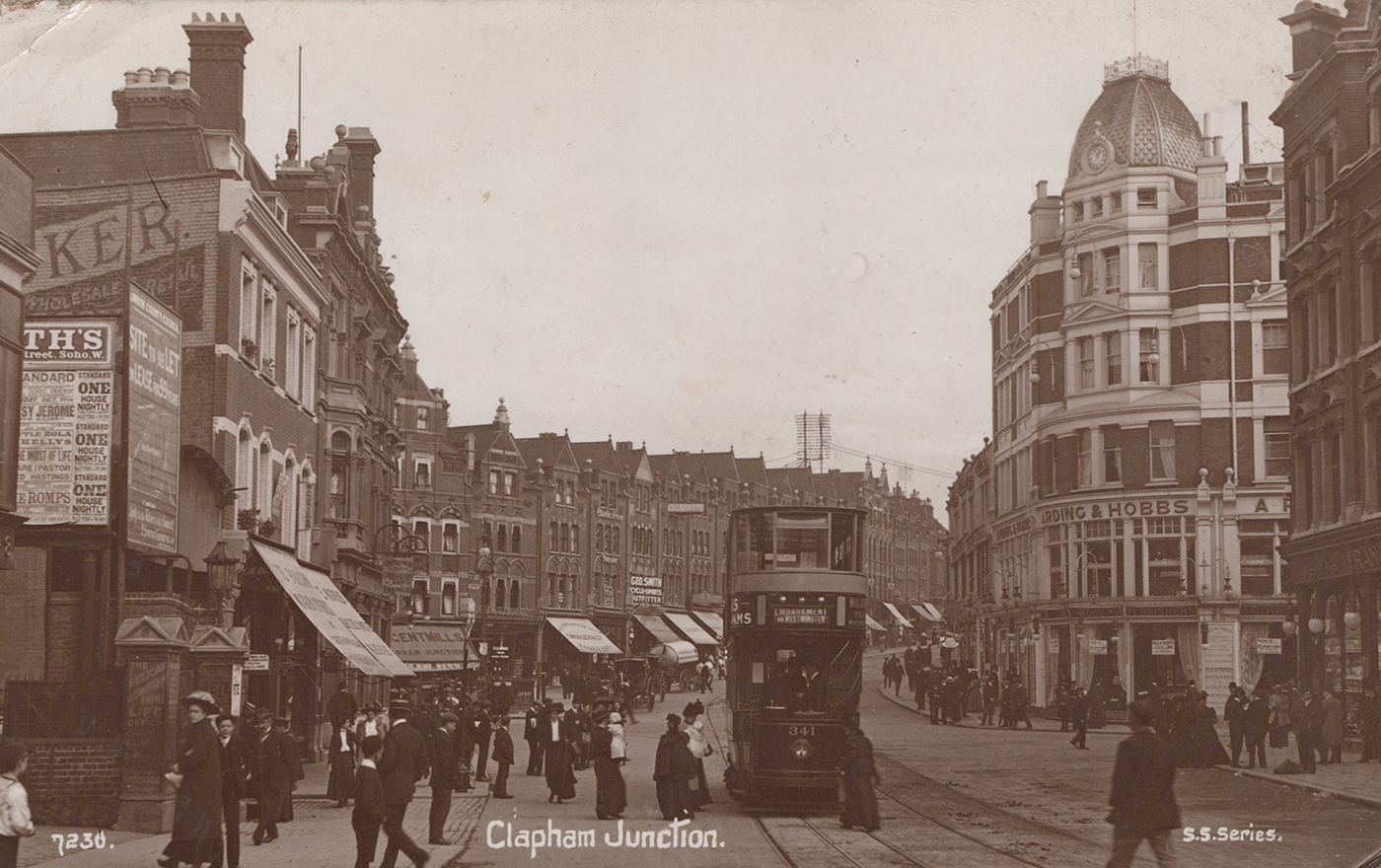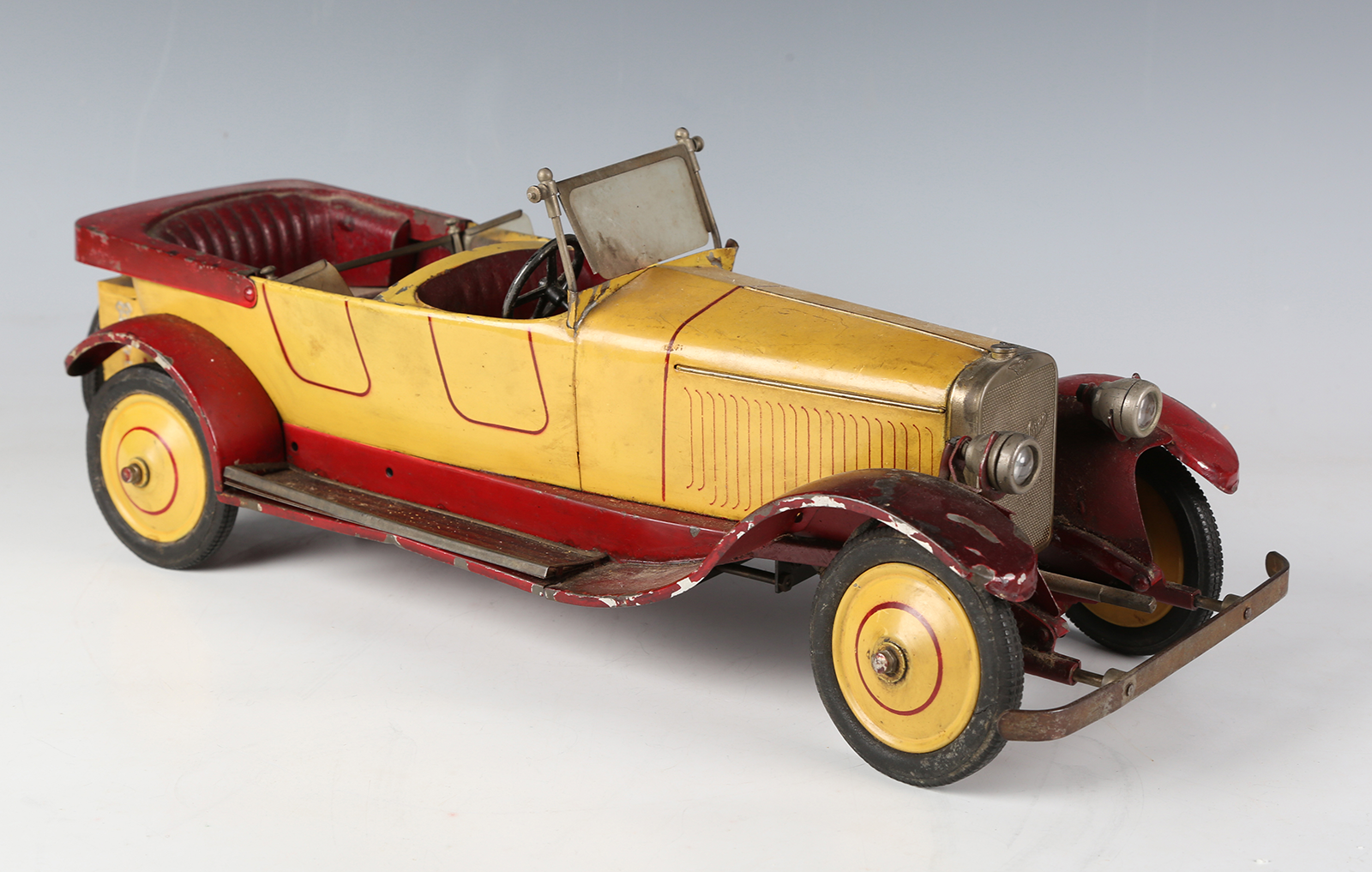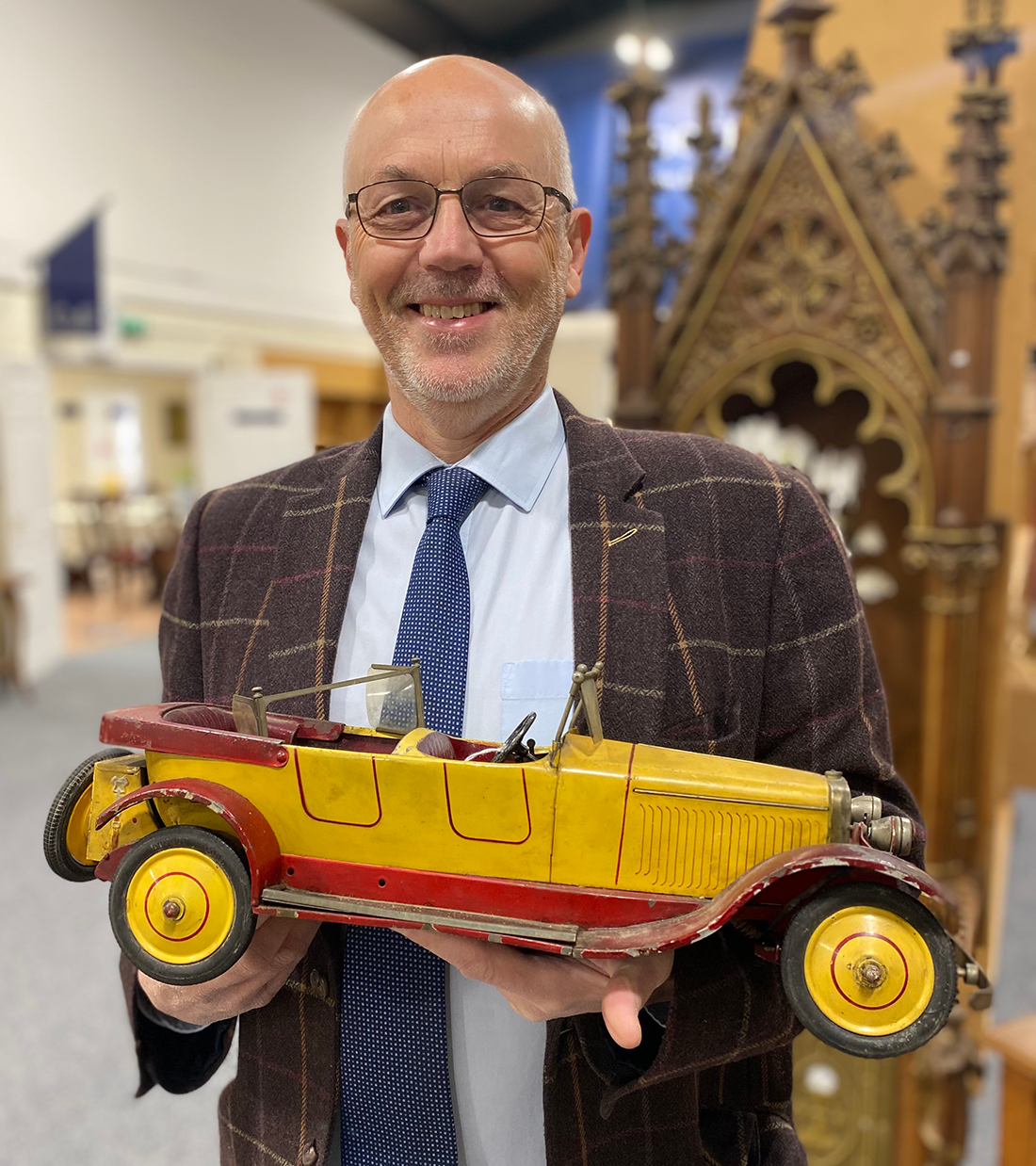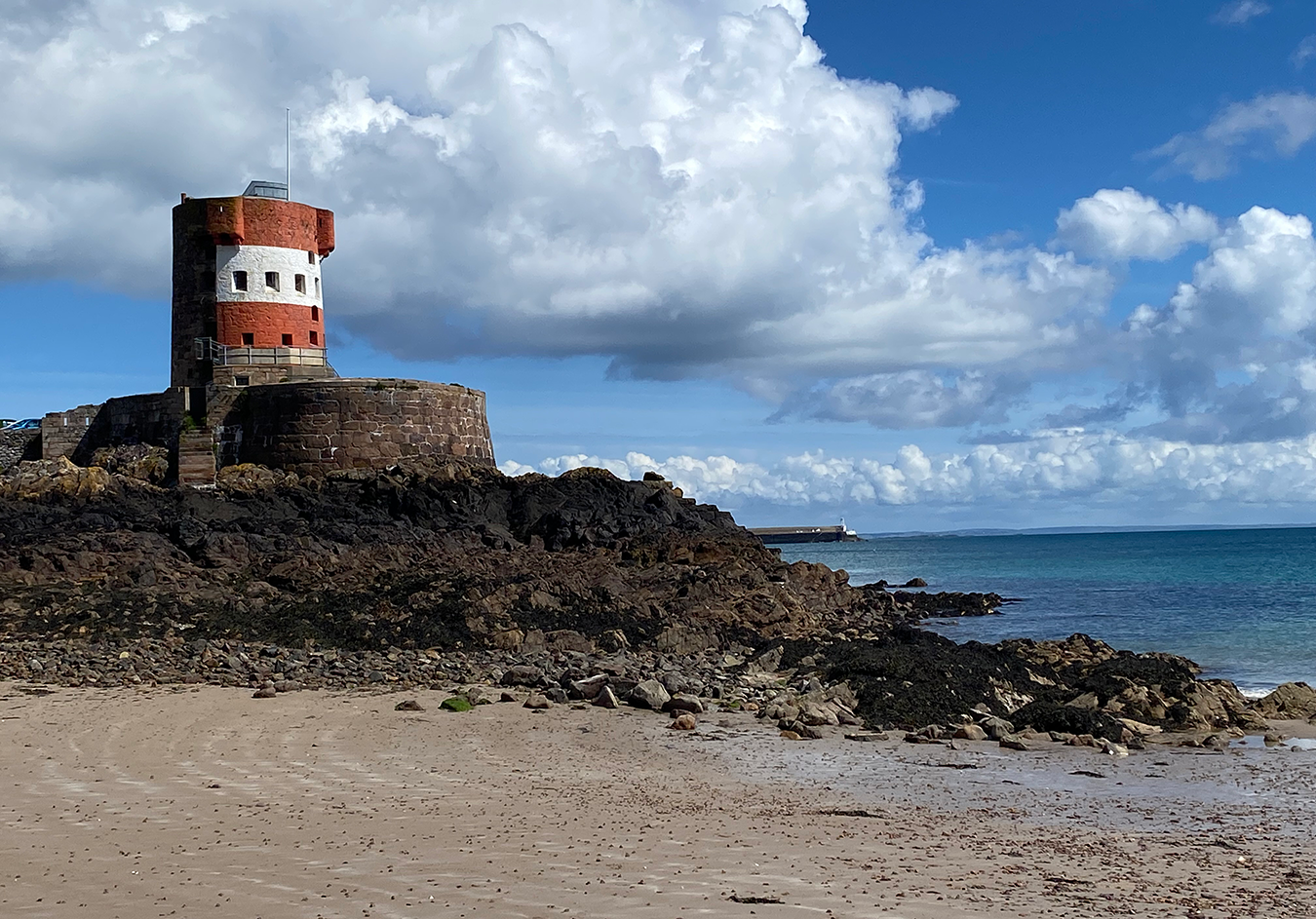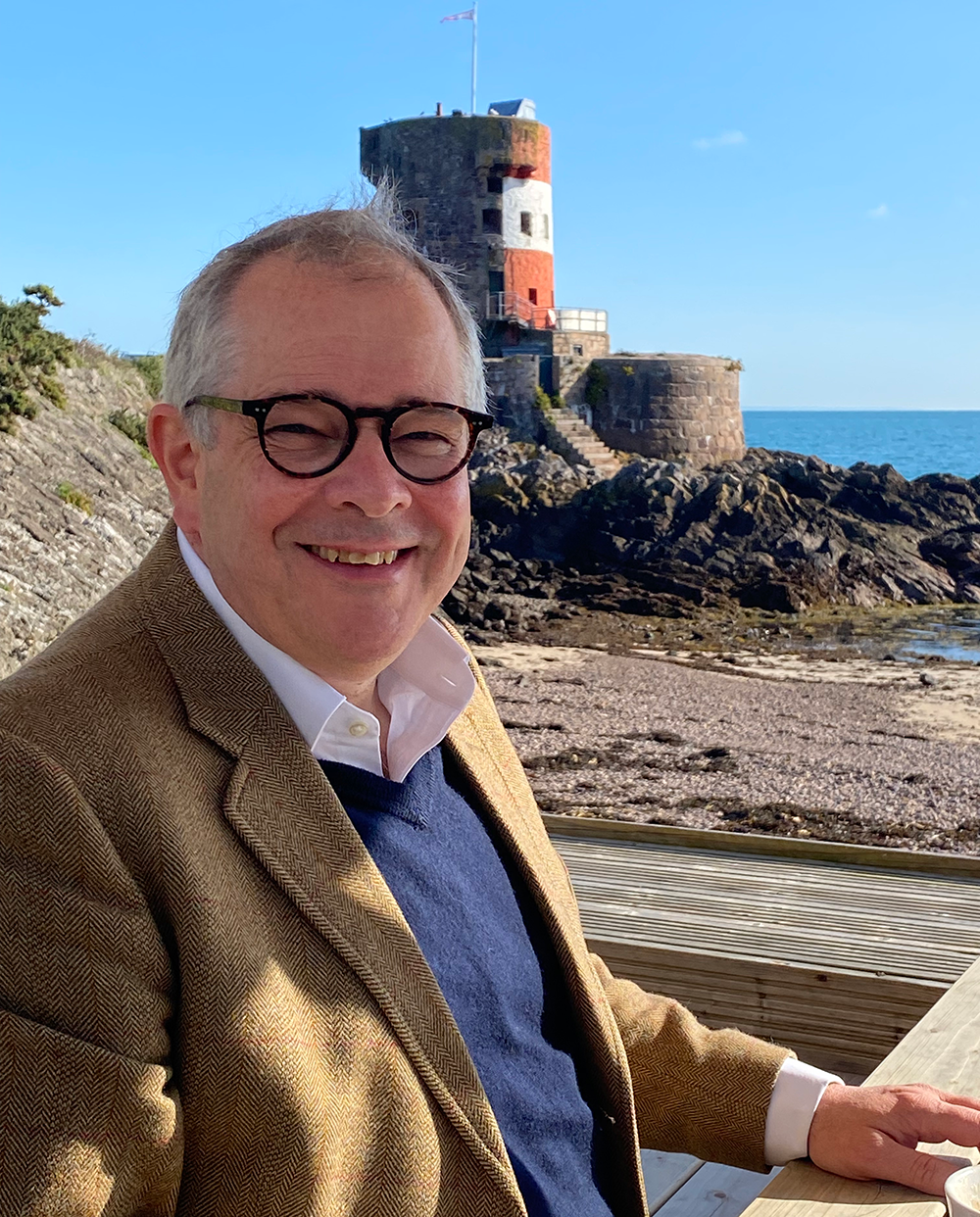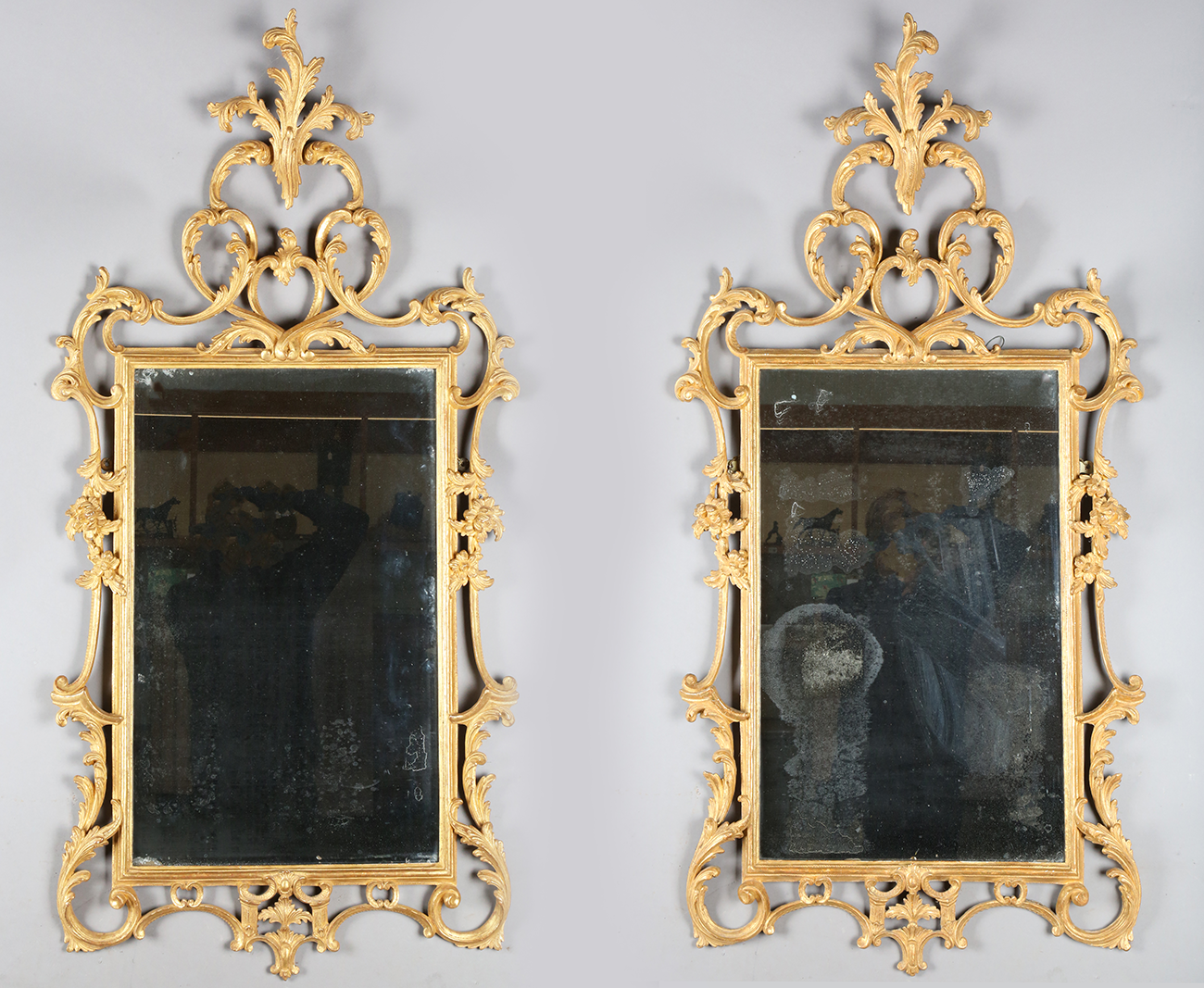
I much prefer a rich, textural English Country House interior over the austerity of minimalism. English Country House Taste is layered and eclectic always reflecting the taste and interests of a family and often the patchwork quilt of a family’s stories and interests over generations. It is unpretentious, layered and evolving.
My Grandparents home made a great impression on me. They had lived through the Second World War and they created a gathering interior. Their home was generous but not grand, rich, eclectic and beautifully conceived. Although quite open in design it was made up of a series of spaces to gather and enjoy the company of friends and family. Two sofas enfolded the fireplace with flanking armchairs and a Regency single-pedestal Pembroke table, the draw always smelt of pipe tobacco and 2B pencils. Chinese porcelain vases served as table lamps with crisp pleated shades, the walls filled with paintings and a bookcase because outward facing lively minds mattered. In the dining room a George V oak gateleg dining table reflected the light from the garden on its richly bees-waxed top surrounded by Georgian chairs. And to the side a chrome and red lacquer drinks trolley held a decanter of Madeira with an assortment of favourite glasses. These two areas were defined by a mahogany bureau which sat confidently against a wall between them.
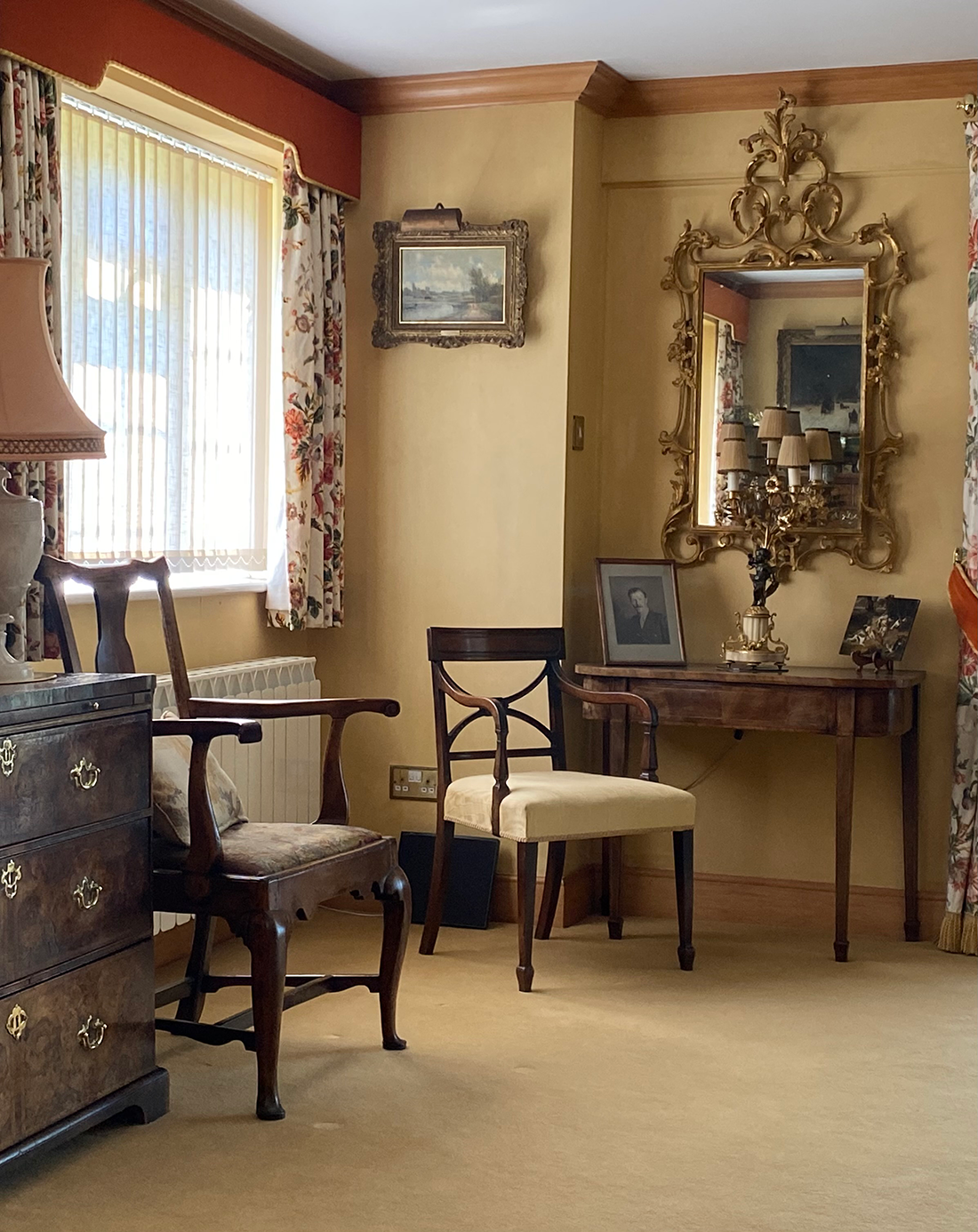
The late Michael Rawlins’s interiors were more formal and the collections reflected a glamorous taste. Michael built his home Wakefords at Easebourne when he moved from River. It beautifully demonstrates how English antique paintings, objects and furniture compliment the interior of a home from any period. The windows were framed by chintz curtains and the sofas and armchairs, which framed the fireplace in the drawing room, were upholstered in bright colours reflecting the influence of Colefax and Fowler and the interior designer John Fowler on a post-war generation. The furniture from Michael’s collection has just gone under the hammer at Toovey’s. The George III Chippendale period giltwood pier mirrors realised £3700. They formed part of a layered composition of paintings, furniture lights and objects typical of English Country House taste. There is a revival of intertest in the comfortable and timeless taste of the English country house. And today the quality of antique furniture, its beauty and exceptional value is beginning to attract the attention of decorators and collectors once again.
